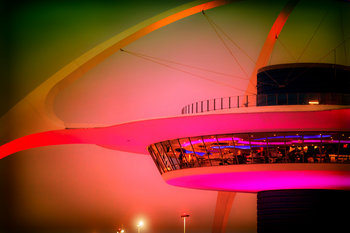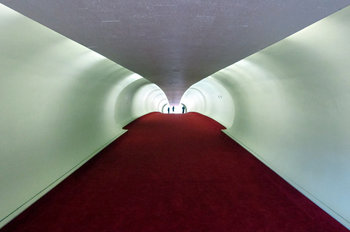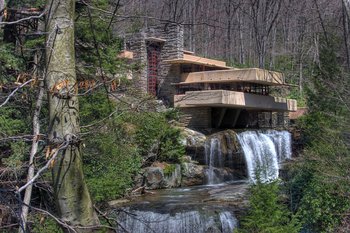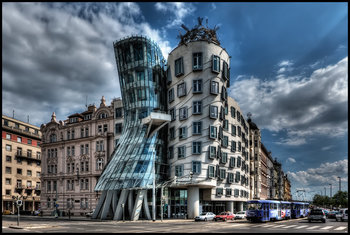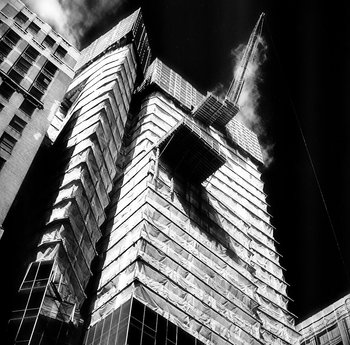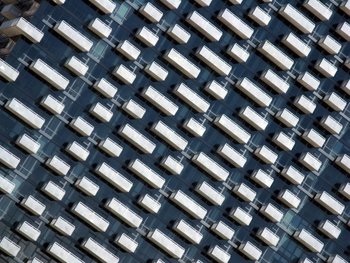
Concrete
The most appropriate material for large structures is often concrete. As such, truth to materials is associated with raw concrete structures such as those offered by brutalist and metabolist architectural styles.In the 1970s, the public had a brief fascination with the modern aesthetics of exposed concrete. However, as the world quickly filled up with concrete infrastructure such as highways this quickly reversed. Exposed concrete is now commonly viewed as thoroughly unattractive.Form Follows Function
The principle behind truth to materials is the idea that form follows function. Considered the basis for modern architecture, form follows function suggests that all design be practical and non-decorative. The stereotypical result is concrete buildings filled with plain white rooms.Form follows function is rejected by postmodern architecture as being drab, unimaginative and devoid of culture. Post modern architecture embraces decoration and the selection of materials for aesthetic, cultural or natural reasons over function.| Overview: Truth To Materials | ||
Type | ||
Definition | An architectural principle that states that materials be practical and exposed. | |
Associated With | ||
Related Concepts | ||





